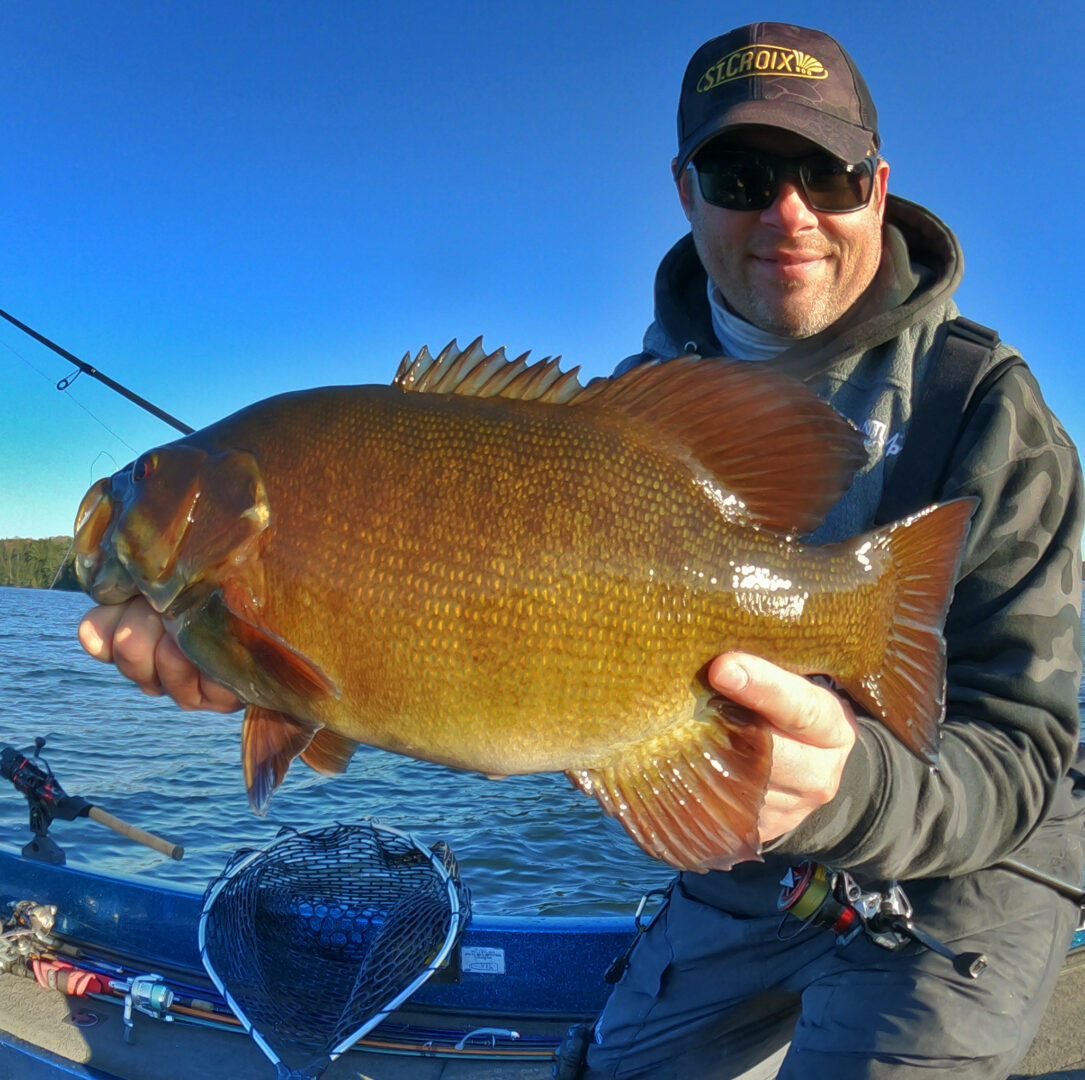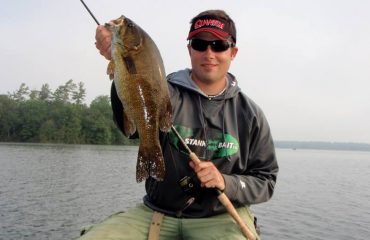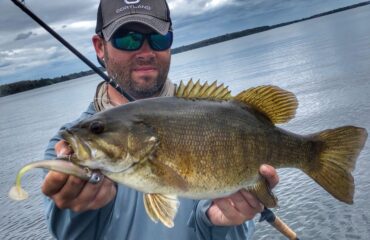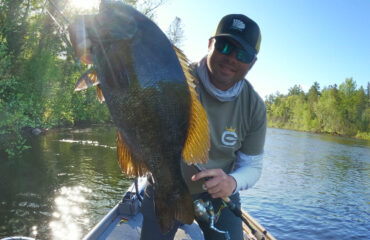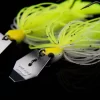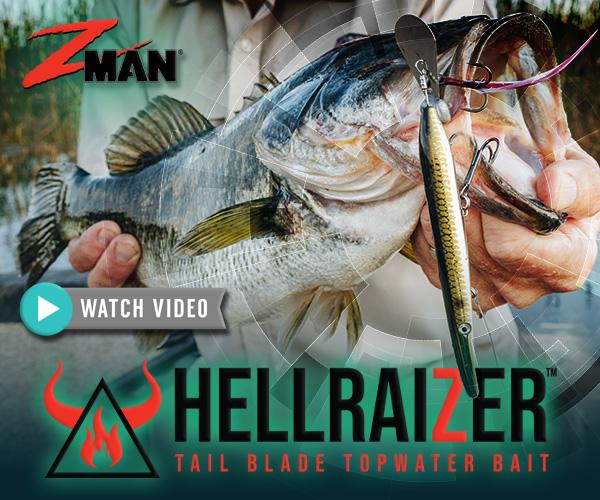Fall Migrations are Condition-Driven
All living creatures respond to seasonal changes. As water temperatures will plunge throughout October month, we must respond accordingly and slide deeper to the depth levels where smallmouths will be.
Smallmouth bass wintering migrations are unique in that they follow the deep structure into their wintering destinations. The lake bottom is their travel route.
On most fisheries, the survivable world drastically shrinks in size from several acres (could be hundreds to thousands) to just a few hundred square feet – subject to lake size, type, and depths offered. Helping you to make sense of this, a 2,000 acre lake and several acres worth of smallmouth spots will dwindle in total occupancy size to potentially only the length of a football field or much less.
Luckily, smallmouths are adaptive creatures, sensory, and smart. Every fishery’s smallmouth population knows when and where to go, as dictated by this change in season. Once the fall migration has been triggered by weather events, cooling water temperatures, the shortening of day-length, turnover’s completion, and simply the sensing of time running out, smallmouths seek the most protected and comfortable deep-water sanctuaries they can find. It is notable to mention that the warmest and densest water in the lake will be found along the bottom, where smallmouths will eventually be at most comfort.
Conditions trigger migrations. We can expect smallmouths to undertake them at any time from mid-September through October, but exactly when they do doesn’t proceed like clockwork. Warm unseasonable weather, especially Indian summer conditions, stalls movements, confusing fish in the process. Major cold fronts bringing pounding northwest winds motivate and spur them along. Unfortunate to many, and all who’ve winterized their boats before then, some of the best fall fishing happens under the most uncomfortable, brutal cold weather and conditions…. wear your man pants! Without any of the necessary triggers in place, smallmouth locations can be unpredictable – forcing us to fish shallow, deep, and places in-between.
Notable Fall Patterns
These next few weeks, some likely expected patterns will be shallow, deep, and open water based. Summer Pattern is synonymous with pre-turnover and warm-spells. Water temperatures remain above 60, and smallmouths continue to feed in the shallows. This bite is heavily influenced by yellow perch. Our top strategies at this are always horizontal casting presentations.
Post-turnover, most patterns become Structure Pattern in which most feeding occurs nearby and atop deep structure, along bottom. Smallmouths focus mostly on sculpin, goby, crayfish, suckers and other assorted minnow species. In turn, you should prioritize jig baits and bottom baits. Water temperatures can range from the mid-50’s to the low-40’s. This bite will last from turnover into early November.
Once smallmouths colonize near-bottom, Winter Pattern settles in. This is the end, as smallmouths are tightly grouped together in whatever main basin structures they’ve settled on. Water temperatures will be from the mid-40’s to upper-30’s. This can be anytime in November until first ice.
And if they’re not shallow or deep, they’ll be someplace in between. Smallmouths are notorious roamers on pelagic fisheries. Open Water Pattern smallmouth locations are based on the whereabouts of smelt and ciscoes. This bite can happen at any point in fall and is non-dependent of water temperature.
As water temperatures eventually cool into the mid-to-low 40’s, smallmouths eventually position closer to the bottom and even hug it, occupying smaller and more confined areas, and concentrate heavily. Once wintering is officially-official, they may still be feeding or go dormant periodically.
Every year, no matter what, smallmouths eventually settle in the same spots their ancestors previously showed them. Often, it’s the same fish too. Wintering holes are historic to the fishery and to individual fish. They will come back every year.
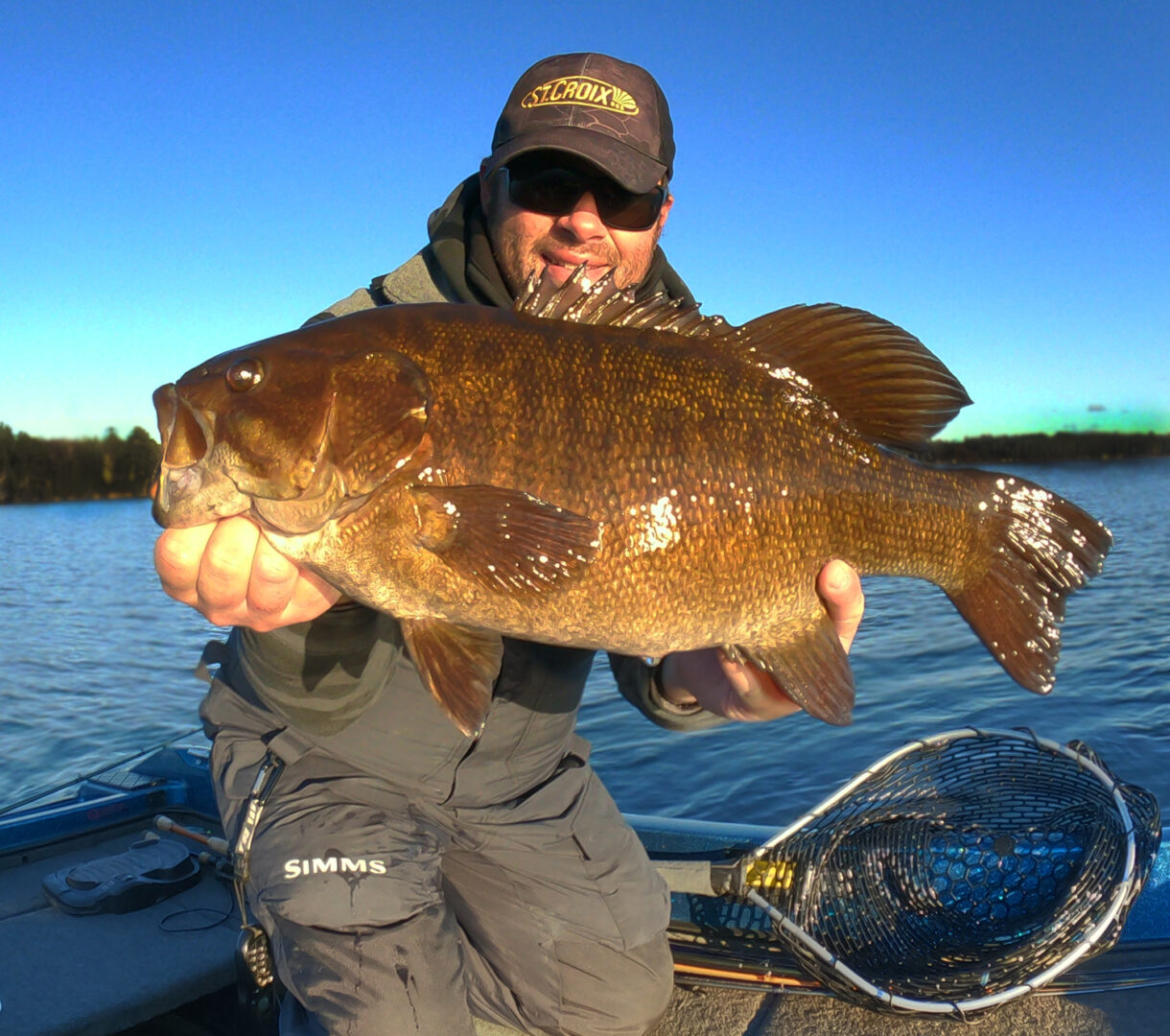
The key to being a very successful smallmouth angler during the fall is understanding the seasonal migrations, as well as the turnover phases and being able to react and adjust your strategies to rapidly cooling water temps and depths which smallmouths are holding in.
Before giving consideration to any lures, finding the fish and keeping abreast of their fall migrations will need to be your number-1 priority wherever you go this next month.


